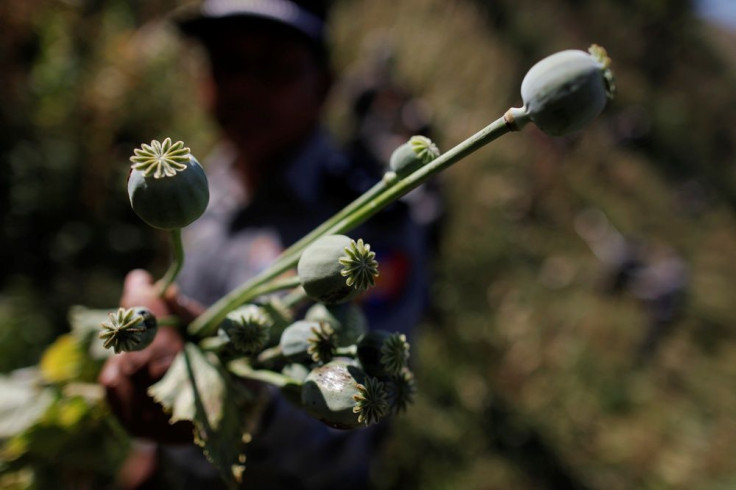Home-Brew Morphine Possible Through GM Yeast, Scientists Say

Scientists have unlocked a way to produce opiates from genetically-modified yeast. However, experts warn that this discovery could fuel home-made drug bonanza in the future.
This scientific discovery was published in the journal Nature Chemical Biology on May 18, following a related study published in April in the journal PLOS ONE. These studies describe the important steps into genetically modifying yeast that feed on sugar to produce opiates, reports BBC News.
The main purpose of the discovery is to create a cheaper and potentially less addictive alternative to traditional painkillers coming from simple sources. However, scientists immediately called regulation of the method.
In the study, scientists from the University of California at Berkeley introduced an enzyme gene extracted from beets to make yeast convert tyrosine—the amino acid derived from sugar—into the compound known as reticuline. This chemical is the foundation for making opiates such as codeine, morphine, and oxycodone.
The scientists did not create the drugs, but the processes of turning reticuline to morphine using yeast are made known. What remains unknown is getting from tyrosine to convert to reticuline.
“We’re certainly not aiming for the illicit drugs market, that’s for sure,” said Vincent Martin, a co-author of the study and a microbiologist at Concordia University in Québec, in a report from the Guardian. According to him, he and his team felt the need to discuss with regulatory bodies and create an agreement on how to move forward with the discovery.
The recent findings may contribute to pharmaceutical boon, but it could also encourage home-brewing of drugs. According to scientists, the clock may be ticking and it is only a matter of time--a couple of years or no more than a decade—before yeast becomes a reliable source for producing regulated drugs.
“The time is now to think about policies to address this area of research,” said study lead author Martin Dueber in the Guardian report. “The field is moving surprisingly fast, and we need to be out in front so that we can mitigate the potential for abuse.”
To report problems or leave feedback on this article, email: wendylemeric@gmail.com.





















